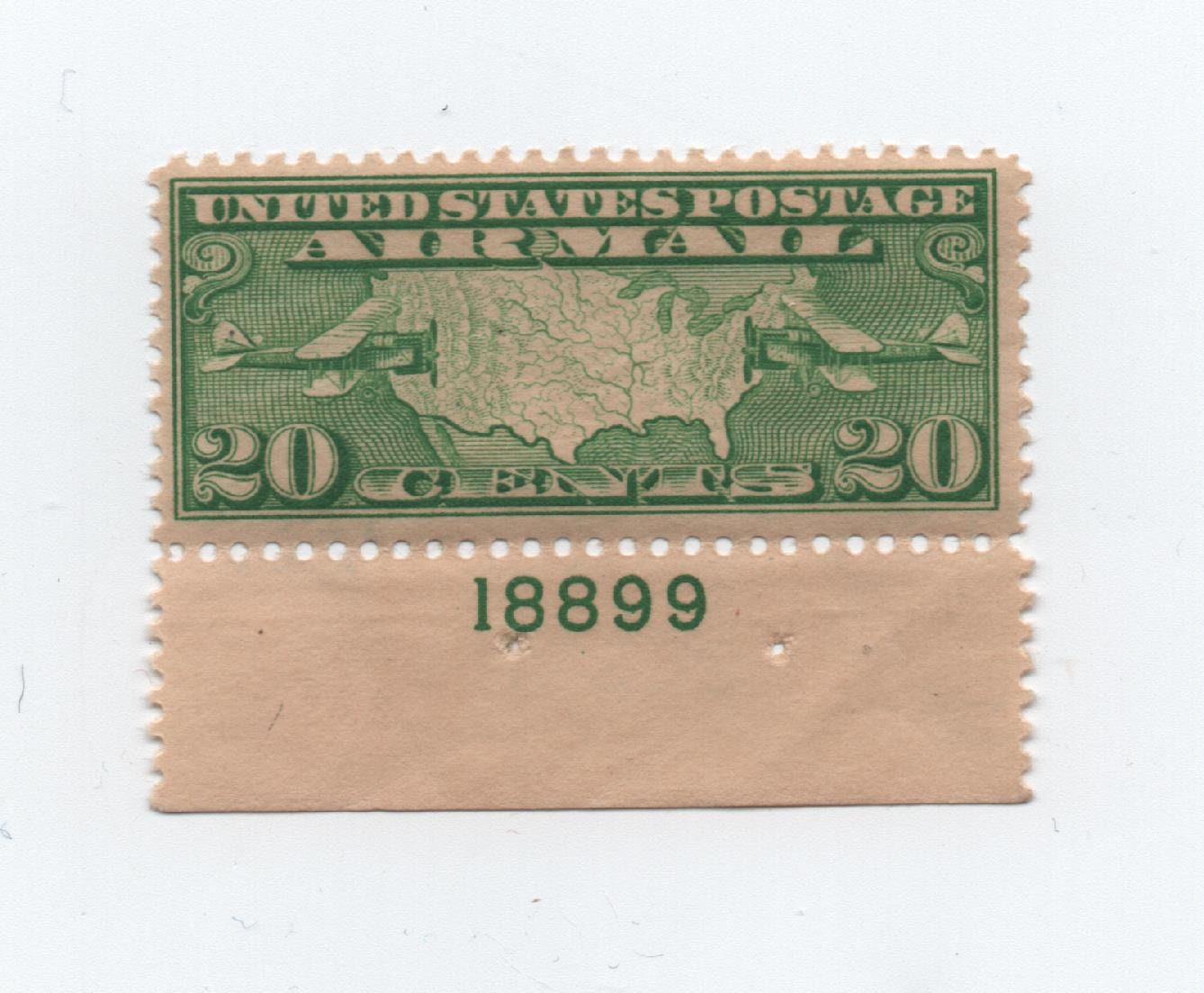
After being a long-time Postbox user (version 2-4), I jumped in on the Airmail app (macOS and iOS) for about (oh man) the last 3 years or so, but I found myself missing thoughtful Postbox features like using the spacebar shortcut to go a "Page Down" in an email, being able to "Find in this message" (i.e. Power/mass: 0.0813 hp/lb (0.I just wanted to let you know that I am so thankful for your work, especially after having been away from it the last few years.Operators United Statesĭata from McDonnell Douglas aircraft since 1920 : Volume I, The Illustrated Encyclopedia of Aircraft
#MAILPLANE VS. AIRMAIL SERIES#
M-4A One M-4 for Western Air Express MO-2B A three-seat general purpose biplane developed directly from the M series of mailplanes, despite the O-2 designation. Variants M-1 Prototype mailplane modified from the Douglas O-2 M-2 Production mailplane for Western Air Expressĭouglas M-4 photo from L'Année aéronautique 1926Modified mailplane with stretched wing for United States Post Office. With the introduction of three-engined aircraft types beginning in 1928, the Douglas mailplanes were withdrawn from service some were sold but most were scrapped. One M-4 was re-engined by NAT with a Pratt & Whitney Hornet radial engine. Some of the NAT M-3s were modified by them with longer-span wings from 1928 onwards.

NAT bought other aircraft and at one point had a fleet of 24 Douglas mailplanes in use. When the Post Office retired its aircraft in July 1926 after all the routes had been privatized, NAT bought ten M-3s and eight M-4s at auction. When the CAM-3 (Chicago-Dallas) route was passed to National Air Transport Inc (NAT) in October 1925, the airline originally used the Curtiss Carrier Pigeon.

One M-4 was also bought by Western Air Express and this was designated the M-4A. The M-4 had a new longer span wing and the Post Office converted some of the M-3s order to be built as M-4s. The M-3 had only detailed differences from the M-2.ĭouglas then redesigned the M-3 to try to increase the payload, and the new aircraft was designated the M-4. Just before Western Air Express introduced the aircraft into service (in April 1926 from Los Angeles to Salt Lake City), the Post Office ordered 50 aircraft designated M-3 for its major route network.

It also had the provision to carry a passenger instead of mail in the front cockpit. The main change from the M-1 was that the tunnel radiator was replaced with a frontal type. When the Contract Air Mail (CAM) routes were introduced, the newly formed Western Air Express Company (later Western Airlines) ordered six mailplanes with the designation M-2.

Small modifications were made to the exhaust system to keep fumes away from the pilot and the design was considered a success, but was not ordered into production. The M-1 used the same Liberty engine as the DH.4, which was available in large numbers. The aircraft was designated the DAM-1 (Douglas Air-Mail-One) but this was soon shortened to M-1. The company modified an O-2 by covering over the forward cockpit to make a mail compartment and moving the pilot into what had been the observer's cockpit. In 1925, it decided to modernize and placed an order with Douglas for a replacement aircraft based on the Douglas O-2 observation biplane. The United States Post Office had been running the air mail service since 1918 mainly using variants of the de Havilland DH.4 biplane. The aircraft were used to run the main routes of the United States Air Mail service until the introduction of three-engined aircraft in 1928. The Douglas mailplanes were a family of 1920s American single-seat mail planes designed and built by the Douglas Aircraft Company.


 0 kommentar(er)
0 kommentar(er)
